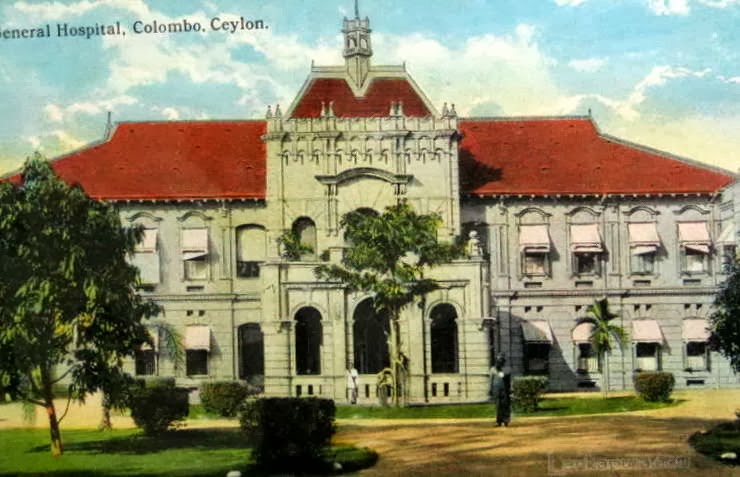“Hava Nagila” (הבה נגילה Havah Nagilah, "Let us rejoice") is an Israeli folk song traditionally sung at Jewish celebrations. It is perhaps the first modern Israeli folk song in the Hebrew language that has become a staple of band performers at Jewish weddings and Bar/BatMitzvahs. It was composed in 1920s Palestine, at a time when Hebrew was first being revived as a spoken language for the first time in 2,000 years (since the destruction of the Second Temple in 70 CE). For the first time, Palestinian Jews were being encouraged to speak Hebrew as a common language, instead of Yiddish, Arabic, Ladino, or other regional Jewish languages.
Abraham Zevi Idelsohn, a professor at
Hebrew University, began cataloging all known Jewish music and teaching classes in musical composition. One of his students was a promising cantorial student, Moshe Nathanson, who later worked in New York, most famously composing the nearly-universal melody that is sung with the
Birkat Hamazon ("
Grace After Meals"). Idelson presented the class with a 19th-century, slow, melodious, chant (
niggun) assigning the class to add rhythm and words in order to fashion a modern Hebrew song.
| Transliteration | Hebrew text | | English translation |
|---|
| Hava nagila |
הבה נגילה
| | Let's rejoice |
| Hava nagila |
הבה נגילה
| | Let's rejoice |
| Hava nagila ve-nismecḥa |
הבה נגילה ונשמחה
| | Let's rejoice and be happy |
| (repeat) | | |
| Hava neranenah |
הבה נרננה
| | Let's sing |
| Hava neranenah |
הבה נרננה
| | Let's sing |
| Hava neranenah ve-nismecḥa |
הבה נרננה ונשמחה
| | Let's sing and be happy |
| (repeat) | | |
| Uru, uru aḥim! |
!עורו, עורו אחים
| | Awake, awake,my brothers! |
| Uru aḥim be-lev sameaḥ |
עורו אחים בלב שמח
| | Awake my brothers with a happy heart |
| (repeat line four times) | | |
| Uru aḥim, uru aḥim! |
!עורו אחים, עורו אחים
| | Awake, my brothers, awake,my brothers! |
| Be-lev sameaḥ |
בלב שמח
| | With a happy heart |

